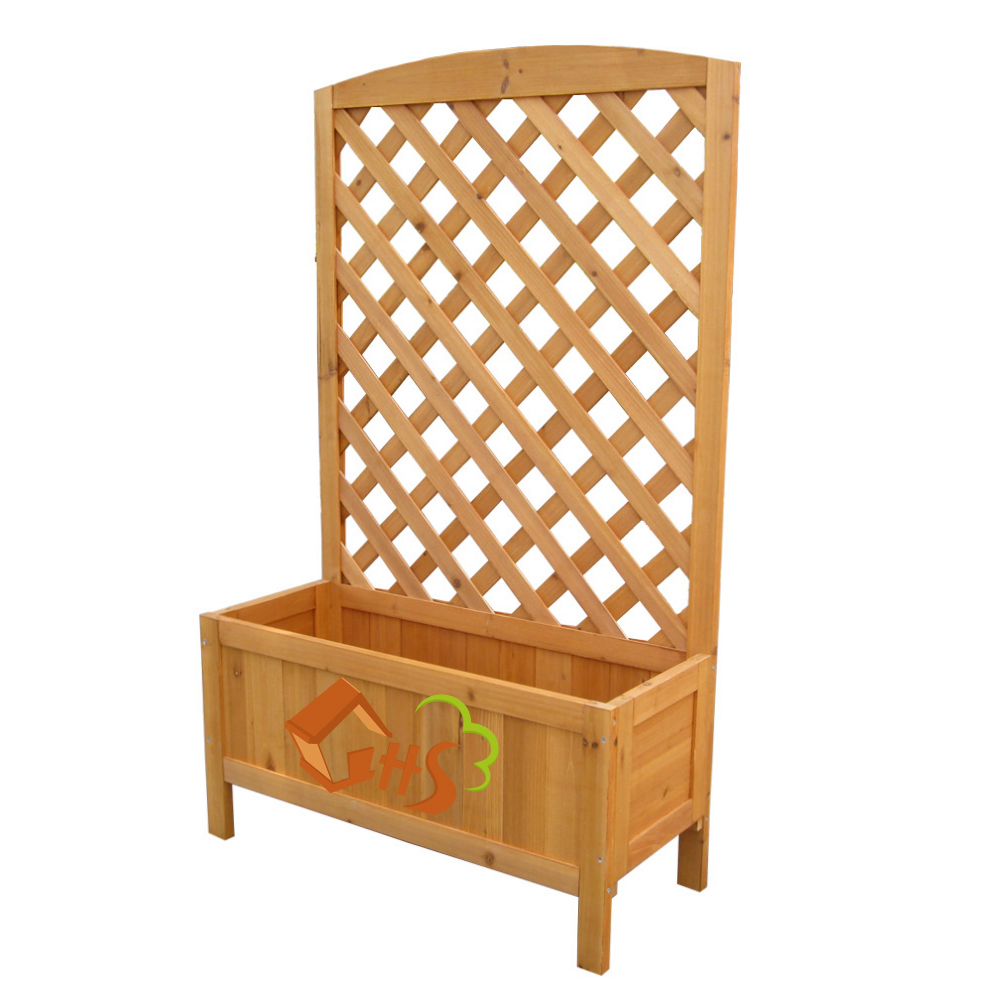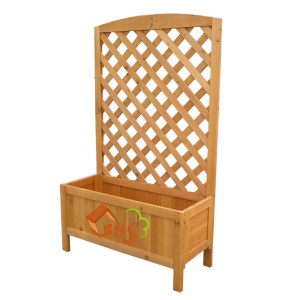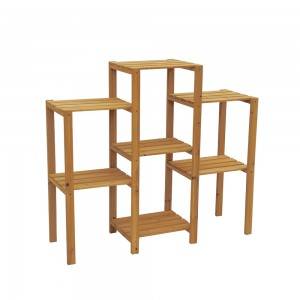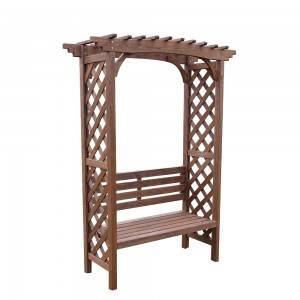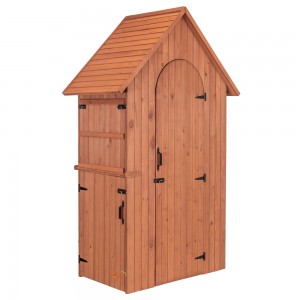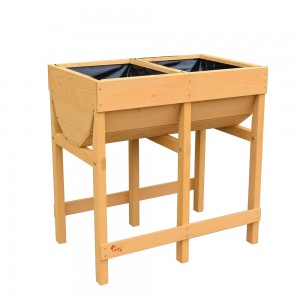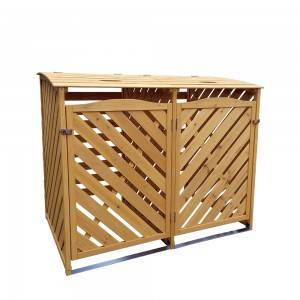Title: Introduction to Wooden Flower Pots introduce: Wooden planters are versatile containers made especially for gardening purposes. These planters are growing in popularity for their beauty and functionality. This article aims to provide a general overview of wooden planters, including their benefits, various types, and care recommendations. Advantages of wooden planters: Natural Aesthetics: Wooden planters add a touch of natural beauty to any garden, patio or balcony. They blend seamlessly with their surroundings, creating a rustic yet charming atmosphere. DURABILITY: High-quality wooden planters are made of strong, durable wood that can withstand the elements of the outdoors, including rain, wind, and sun. They can last for many years if maintained properly. Breathable: Wood is a naturally breathable material that allows air and moisture to pass through the pot, promoting healthy root growth and preventing waterlogging. Customization: Wooden planters can be easily customized in size, shape and design. This flexibility allows gardeners to adjust the pots to fit any gardening space, allowing for maximum creativity and personalization. Types of Wooden Planters: Solid Wood Plant Pots: These plant pots are made entirely of solid wood planks and are the most common type. They are available in various types of wood including cedar, pine and teak, each with a unique quality and beauty. Reclaimed Wood Plant Pots: Made from repurposed wood, these plant pots add an eco-friendly touch to your garden. The use of reclaimed wood also provides a unique weathered look. Elevated Planters: Elevated planters are elevated containers that promote better drainage and provide easier access for gardeners, especially those with limited mobility. They are great for growing a variety of vegetables, herbs and flowers. Window Frame Planters: These long, narrow planters are specially designed to fit under windows. They provide beautiful floral or plant displays that add charm to the exterior of a building. Nursing advice: Proper Drainage: Make sure your wooden planter has proper drainage holes to prevent standing water. Use a layer of rocks or gravel at the bottom to ensure effective drainage. Seal: Use a non-toxic, water-resistant sealer made for wood to protect the pot from moisture and extend its life. Regular maintenance: Clean the pots regularly to prevent the buildup of dirt and debris. Inspect the wood regularly for signs of rotting or decay, and address any issues promptly. Seasonal Rejuvenation: Give your wooden planters a new look with a regular coat of paint or stain. Not only does this enhance its appearance, it also protects the wood from the elements. in conclusion: Wooden planters are a practical and visually appealing addition to any garden or outdoor space. With their natural beauty, durability and customization options, they provide an excellent solution for growing a variety of plants. By following proper care recommendations, wooden planters can enhance your gardening experience and add a touch of charm to your surroundings.

